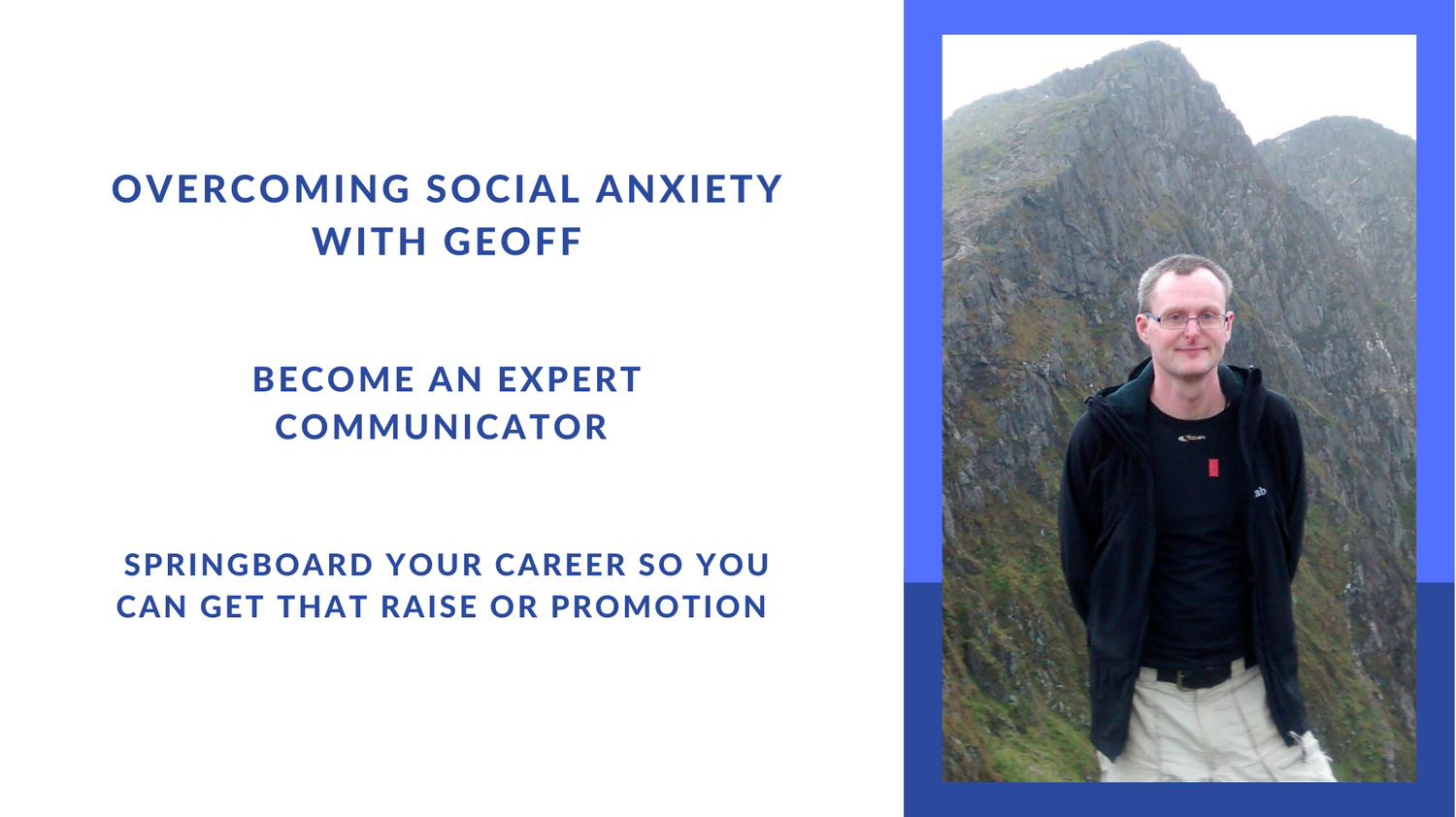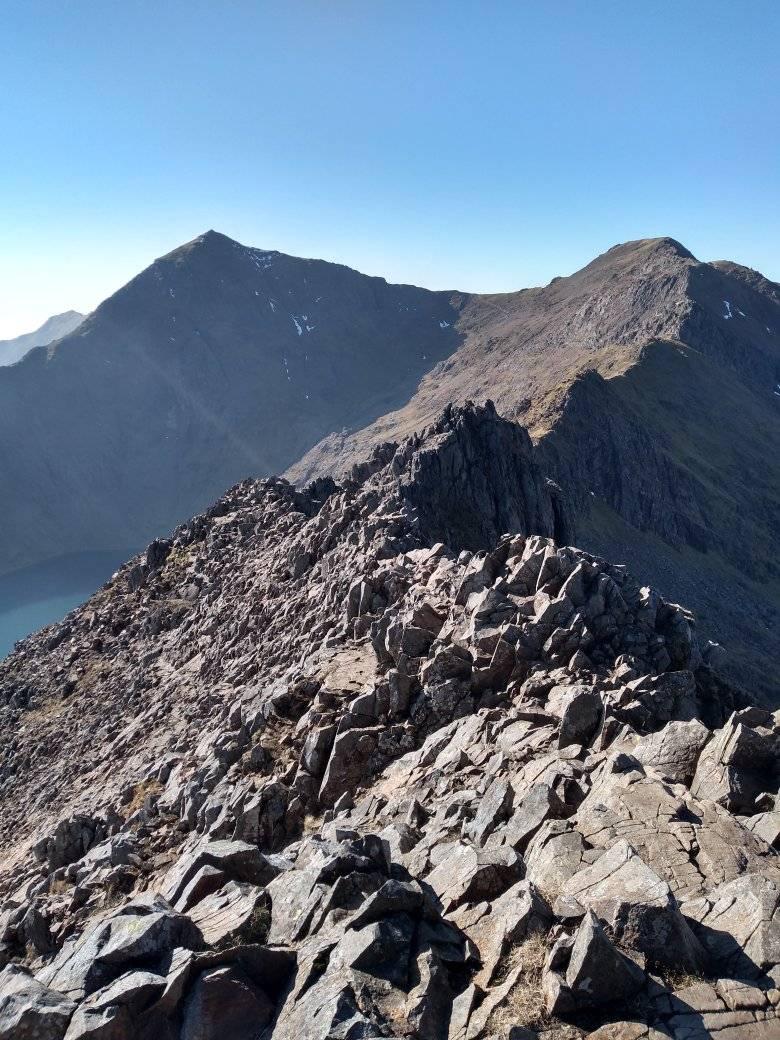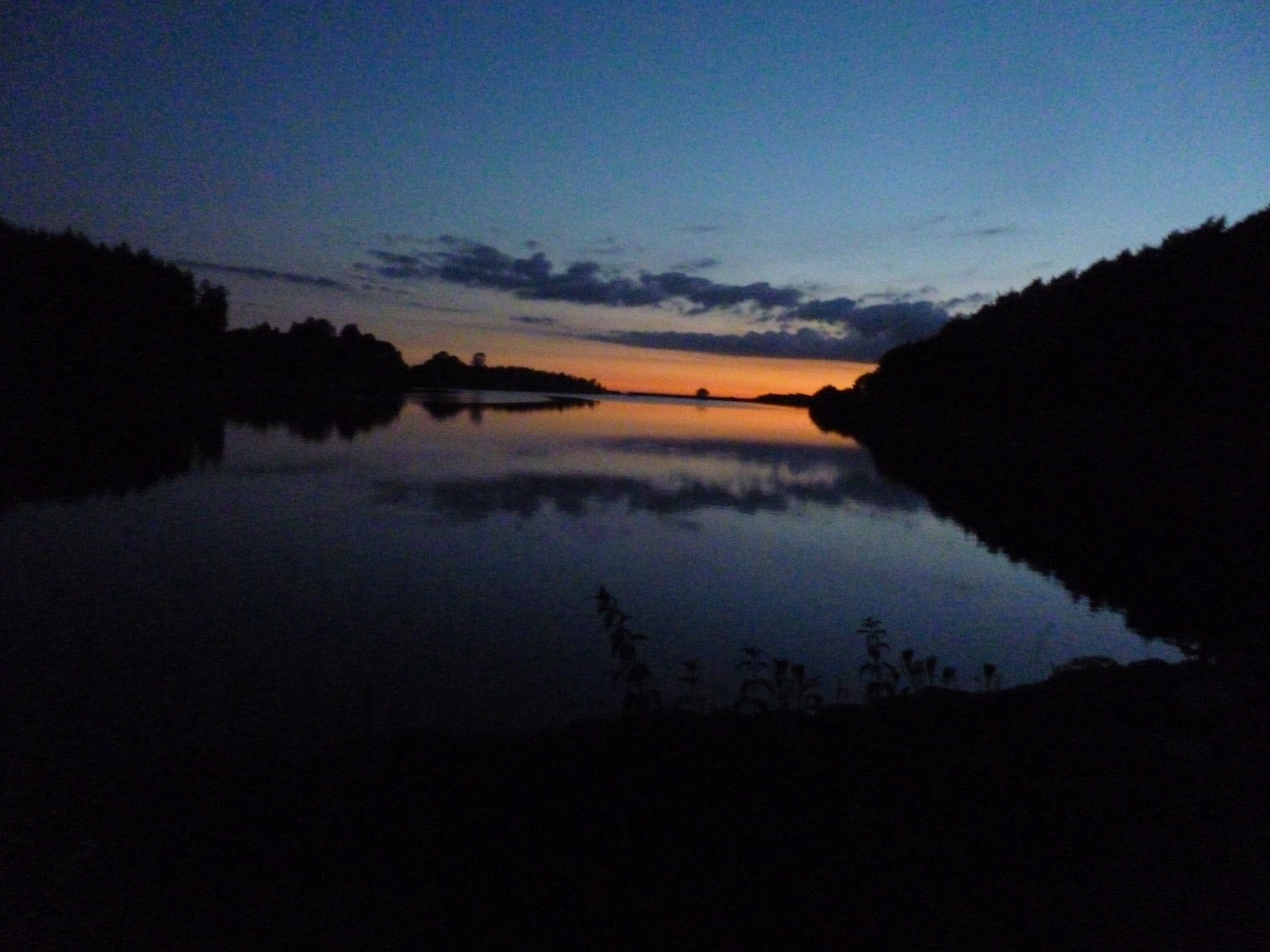What is Moxibustion?
Moxibustion is a traditional Chinese medicine therapy that involves burning dried mugwort, a spongy herb also known as moxa, near the skin to stimulate acupuncture points. The moxa can be compressed into sticks, cones, or placed directly on the skin (known as direct moxibustion), or placed on top of an acupuncture needle (known as indirect moxibustion).
Moxibustion is used to promote healing, relieve pain, and improve overall health by stimulating the flow of qi (pronounced "chee"), which is believed to be the body's vital energy. It is often used in conjunction with acupuncture and other traditional Chinese medicine therapies. Moxibustion has also been studied in modern Western medicine, and some research suggests it may be helpful in treating conditions such as menstrual pain, arthritis, and digestive disorders.
Answers to some Frequently asked questions about moxibustion
answers to frequently asked questions about moxibustion
Here are some frequently asked questions about moxibustion, along with their answers:
Q: What is moxibustion used for? A: Moxibustion is used to treat a wide range of conditions, including chronic pain, arthritis, digestive disorders, menstrual pain, and fertility issues. It is also used to boost the immune system and improve overall health.
Q: How is moxibustion performed? A: Moxibustion can be performed using various techniques, including direct, indirect, and warm needle moxibustion. In direct moxibustion, a small cone or ball of moxa is placed directly on the skin and burned until it is extinguished. In indirect moxibustion, the moxa is burned near the skin, but not in direct contact with it. Warm needle moxibustion involves placing a small amount of moxa on the handle of an acupuncture needle and lighting it.
Q: Is moxibustion safe? A: Moxibustion is generally considered safe when performed by a qualified practitioner. However, it is not recommended for people with certain conditions, such as pregnancy, fever, or skin conditions, and it should not be used on open wounds or areas of the body that are inflamed or swollen. Additionally, people who are sensitive to smoke or have respiratory problems should avoid moxibustion.
Q: Does moxibustion hurt? A: Moxibustion is generally painless, although some people may experience a mild sensation of warmth or tingling during the treatment.
Q: How often should I have moxibustion? A: The frequency of moxibustion treatments will depend on your individual needs and the condition being treated. Your practitioner can recommend a treatment plan based on your specific needs.
Q: Can I do moxibustion at home? A: Moxibustion should only be performed by a qualified practitioner who has received training in this technique. Attempting to do moxibustion at home without proper training could be dangerous and is not recommended.
Q: How do I find a qualified moxibustion practitioner? A: To find a qualified moxibustion practitioner, look for licensed acupuncturists or traditional Chinese medicine practitioners in your area who have training and experience in this technique. You can also ask for recommendations from your doctor or from friends or family members who have had moxibustion.





























